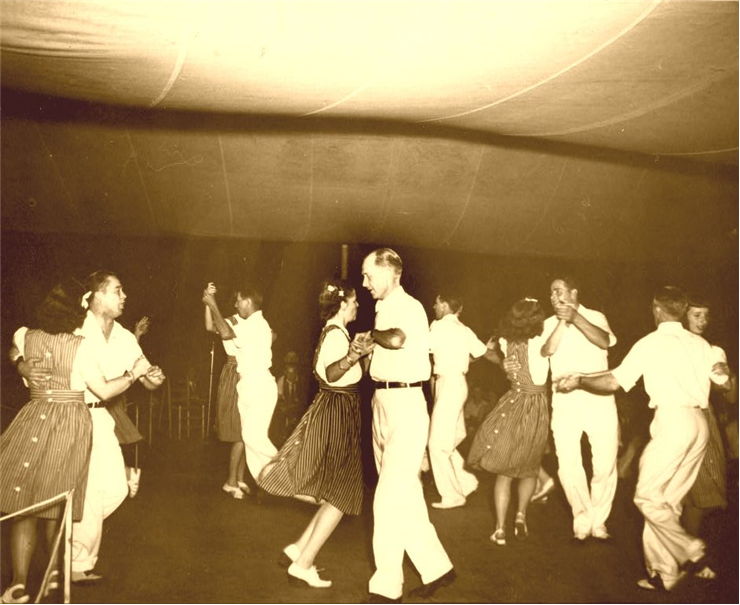History and Types of Square Dance
The history of dance covers such large period, that is is not strange that some traditional dances created centuries ago have gone through changes and morphed into new dance forms that are today enjoyed by millions of dancers from all around the world. One of such dances that went through its share of adaptations and changes is Square Dance, originally conceived in the 17th century England and heavily danced all across countries such as France, Spain, Germany, and Italy.
However, even though this dance changed throughout the centuries, its main form was not touched. The square dance represents specially choreographed a dance that includes four active dance couples who are arranged in a square and are all facing toward the center of the square. While traditional European form received much attention in the past, the modern audiences have accepted that the most popular form of square dance originates in the western United States and is closely connected with the culture of Cowboys and the country-western lifestyle.

As many other dances, square dance arrived into the United States during the 19th century, but it gained its wide popularity during middle of 20th century when square dance became separated into two distinct North American types – Traditional square dance that covered all dances from all regions where specific dance routines were used, and Modern Western square dance that evolved from the “cowboy dance”. The United States and many other international square dances rely on the “caller”, a main pair of dancers who control the flow of dance and can “call” for next set of moves.
While the majority of square dances routines danced all around the world demand participation of exactly four pairs of dancers that are arranged in square positions, there also exist a wide variety of square dance variations that allow for inclusions of other dancers and dance routines. For example, square dance can be danced with additional person in the middle of the square (known as Ninepins variation), one extra dance couple in the middle (Winter Solstice), additional couples in head positions (Hexitation), additional lady on each side of the square (Twelve Reel), six couples arranged in hexagon positions (Hexagon dancing, regarded as an advanced technique for experienced dancers), and most advanced variation called Bigon that has 4 dancers arranged in a square. Other non-common variations include additions such as switching partners during the dance, mid-dance changes in tempo or music genre, “gimmick” moves that are used during specific songs, and more.
Types of Square Dances
Regional variations of square dance:
- Traditional square dance (United States), also known as “old time square dance”. It originated from New England and Appalachian regions and is danced today all around the world.
- Modern Western square dance (United States). It became popular between the 1940s and 1960s, and it is regarded today as one of the most popular square dances.
- Folk Dance or Barn Dance (England). Several of the folk dances in England are in fact traditional square dances that originated from the dawn of this dance back in the 17th century.
- Playford (England) is the traditional square dance that was taught by famous music theory publisher John Playford. Eight out of 105 dances from his 1651 book “The English Dancing Master” are square dances.
- Cèilidh (Scotland, Ireland, and England) folk square dance that is more lively and includes more stepping than other English square dances.
- Céilí (Ireland)
- Irish set dance
- Scottish country dance
